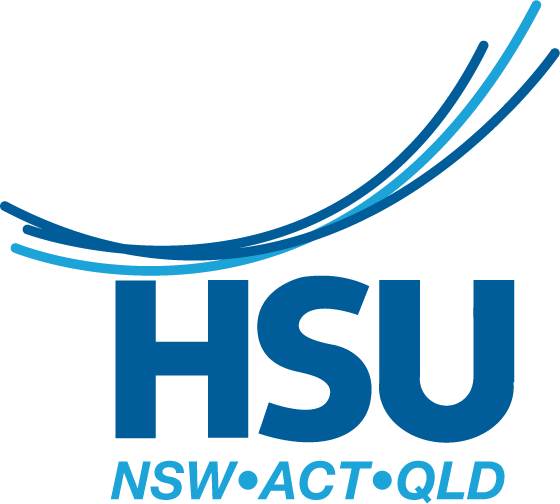Minns under max pressure to answer cost of living cry for help
-
Published March 30, 2023
Sydney Morning Herald, 29 March 2023
In the final week of the state election campaign, an advertising push to recruit health workers sprang up in the busy commuter hub of Martin Place. The billboard’s message was simple: “Be the best nurse or midwife you can be.” In Victoria.
For Labor, the recruitment drive from the Victorian Department of Health could not have been more serendipitous. Its push to lure NSW’s nurses and midwives, who Labor insist are among the worst paid in the country because of the legislated wages cap for public sector employees, bolstered the then opposition’s argument that the state faced an ongoing exodus of essential workers.
As well as better pay and conditions, one of Victoria’s key selling points to potential interstate recruits is legislated nurse-to-patient ratios. “A move to the Victorian health system means you’ll have more time to do what you do best”, its jobs page says. (NSW Labor has pivoted away from its long-held commitment to mandated ratios but will do “safe staffing levels”.)
Labor’s election strategy, as lacklustre and small-target as it was, stuck to two key promises: retaining public assets and scrapping the wages cap, which keeps a lid on how much the state’s 400,000 public sector workers can be paid. Labor has promised to return to a system where pay is negotiated with workers and their unions.
The first commitment is achievable. Labor will not privatise government-owned services. The second will be a major early challenge for the new government. Under Chris Minns, Labor will have to deliver pay rises and quickly. The unions will not give the new premier any time to catch his breath.
One way of stopping nurses and midwives fleeing NSW is to bring their salaries into line with Queensland and Victoria. Both states have raised remuneration through pay increases, overtime allowances and bonus payments. The NSW Nurses and Midwives will demand the same.
Similarly, the NSW Teachers Federation – which has campaigned heavily on teacher shortages and unsustainable workloads – wants its award reopened and better pay and conditions. The Health Services Union, which represents paramedics, has its own expectations. The Labor government will be forced to deal with competing demands at the same time as ensuring its wages bill, which already makes up 40 per cent of the state’s budget, does not balloon beyond sustainable levels.
That will test new Treasurer Daniel Mookhey.
On the surface, Labor’s first momentous task looks to be a battle between workers and trade unions. But that is not why Labor’s campaign strategy on wages was successful. Labor won government amid a cry for help over the spiralling cost of living, felt acutely in outer Sydney.
When looking at the state electoral map, many of the seats that turned from blue to red in this election were, part of a natural recalibration after 12 years. East Hills is the perfect example of that. The south-west Sydney seat was first contested at the 1953 election and was a Labor seat until Labor’s 2011 rout. Riverstone was another. It was a safe Labor seat for 30 years until the Coalition whitewash. Parramatta, which has the highest proportion of renters after the inner-city seat of Sydney, also returned to Labor this election.
But these election results are not simply a case of restoring natural order. Labor has won back many of its once heartland electorates because those seats are where cost of living is biting hard.
State governments have few levers to pull when it comes to combatting rising living costs, but increasing wages for their employees is one. As Minns himself pointed out, he was able to grow up comfortably in metropolitan Sydney in the 1980s as a child of a public school teacher. That would be close to impossible now.
The Coalition campaigned hard on the risk to the state’s budget if its wages cap, introduced after Barry O’Farrell swept to power, was axed. There is no doubt that if Labor cannot offset pay increases with productivity savings, the budget will come under immense pressure. But the Coalition could not convince voters to worry more about the state’s finances than their household budgets.
The unions may have backed Labor’s campaign to return them to Macquarie Street, but they are ready for battle. Health Services Union boss Gerard Hayes, who is also demanding a royal commission into the way health funding is spent in NSW, says he will “go to war” with the new government if it breaks its promise for a judicial inquiry into the health system. “People ask me if it is going to be easier working with Labor. But what I say is it can be like hanging out with your family. Sometimes it is easy, but sometimes it is not.”
The Minns government may have had the support of the unions to get them over the line and back into government. But that marriage of convenience is, at least for now, over. Minns faces a very clear challenge. Anything other than a pay rise above the current 3 per cent for the state’s frontline workers will not be tolerated by unions, or the voters who backed Labor to improve wages amid a worsening cost of living crisis.
